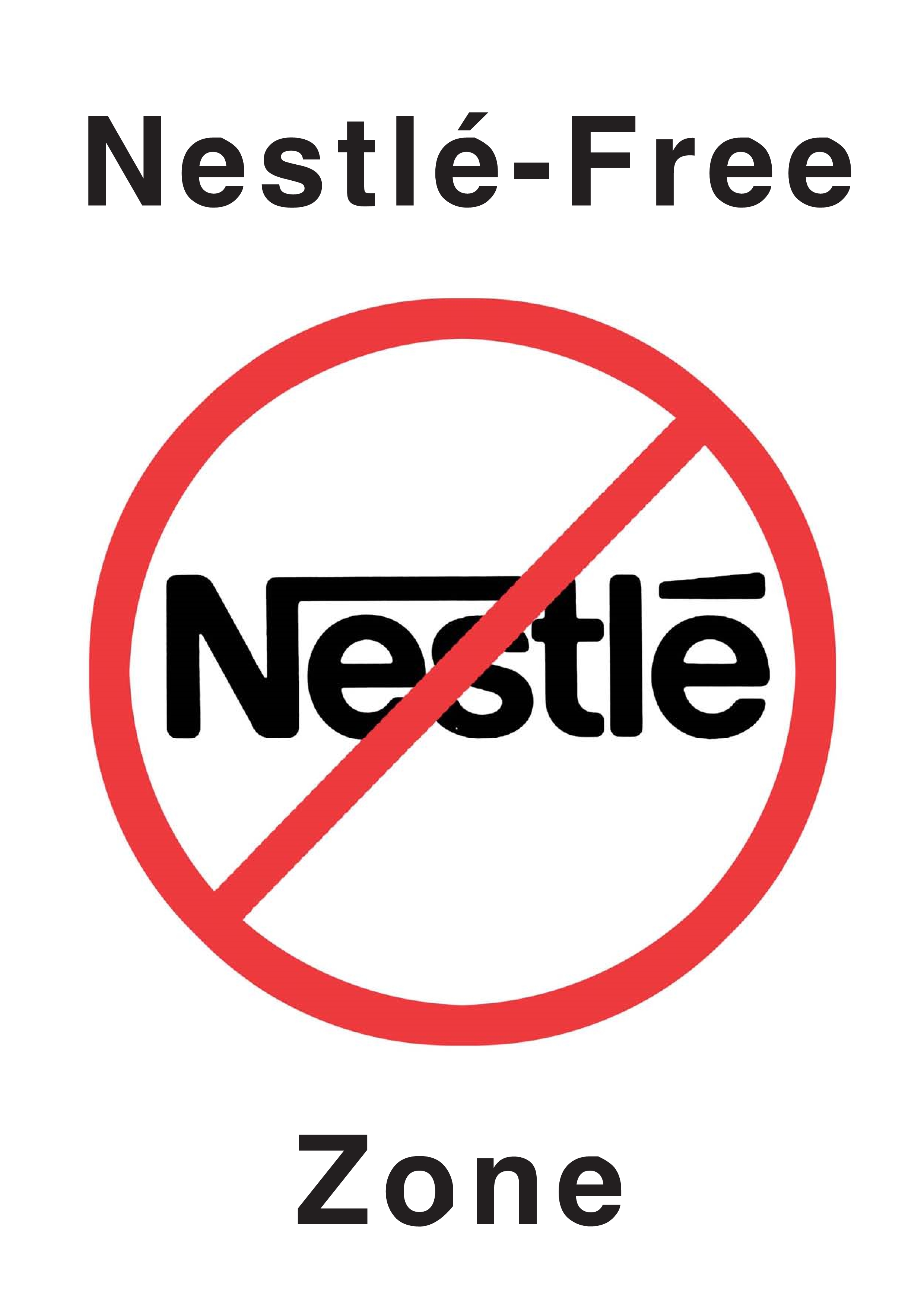Journal of Human Lactation - online first articles
Journal of Human Lactation, Ahead of Print.
Background:Human milk contains messenger ribonucleic acid (mRNA), a key player in protein production and a source of gene expression information for understanding lactation physiology. The mRNA is renowned for its fragility and exists in several milk ...
Journal of Human Lactation, Ahead of Print.
Background:Human milk sub-sampling protocols are used in lactation research to estimate milk composition, while minimizing interference with normal breastfeeding. However, macronutrient concentrations in human milk can be highly variable, and the accuracy ...
Journal of Human Lactation, Ahead of Print.
Background:Sexual and gender minority adults are increasingly growing their families and having children, yet there is limited information on the lactation experiences of sexual and gender minority parents.Method:Using data from The PRIDE Study, a ...
Journal of Human Lactation, Ahead of Print.
Background:Evidence on the beneficial effects of microorganisms in human milk is emerging. Obesity and gestational diabetes mellitus appear to be related to alterations in the maternal gut microbiota and human milk composition. However, knowledge about ...
Journal of Human Lactation, Ahead of Print.
Background:Perinatal loss is a time of intense grief for affected parents. Due to lactation physiology, bereaved mothers still experience the onset of lactation and are left with milk but no child to feed.Aim:To explore what is known about the lactation ...
Journal of Human Lactation, Ahead of Print.
Journal of Human Lactation, Ahead of Print.
Background:Relactation is the process of re-establishing a breast milk supply that has diminished or ceased.Aim:This study aimed to determine the effects of a relactation support program on milk secretion among mothers who had ceased any milk production, ...
Journal of Human Lactation, Ahead of Print.
Journal of Human Lactation, Ahead of Print.
Background:Antimicrobial resistance is a global concern. It is particularly impactful during breastfeeding infections when identifying risk factors and protective mechanisms is crucial.Research Aim:This study aimed to assess the prevalence of antibiotic ...
Journal of Human Lactation, Ahead of Print.
In an earlier paper, we summarized the meanings of the term “weaning” as it is used colloquially, clinically, and in scientific and grey literature. Due to the various potential definitions, we suggested that researchers avoid using the term and instead ...
Journal of Human Lactation, Ahead of Print.
Introduction:Fresh human milk for preterm infants is associated with a reduction of bronchopulmonary dysplasia, to improve survival without major complications, and with an increased breastfeeding duration. Nevertheless, its administration is frequently ...
Journal of Human Lactation, Ahead of Print.
Background:Adolescent mothers face unique psychosocial and breastfeeding challenges, and their problem-solving strategies, especially in Thailand, remain poorly understood.Research Aims:To explore Thai adolescent mothers’ barriers to breastfeeding and ...
Journal of Human Lactation, Ahead of Print.
Journal of Human Lactation, Ahead of Print.
Introduction:Preterm infants frequently face challenges in breastfeeding, leading to lower initiation rates and shorter durations compared to full-term infants. It is unclear how prematurity shapes breastfeeding behavior with subsequent births.Research ...
Journal of Human Lactation, Ahead of Print.
Background:Individuals with hypertensive disorders of pregnancy are at a significantly increased risk for chronic hypertension and premature cardiovascular disease. Although breastfeeding may have cardiovascular benefits, those with hypertensive disorders ...
Journal of Human Lactation, Ahead of Print.
Background:Human milk shapes neonatal immunity through antibodies, transferring passive immunity to the infant, mainly by secretory IgA (sIgA). sIgA provides antimicrobial defense in the infant’s gastrointestinal tract, protecting the newborn against ...
Journal of Human Lactation, Ahead of Print.
Journal of Human Lactation, Ahead of Print.
Background:A disrupted gut microbiome during an infant’s first 1000 days of life can lead to long-lasting negative effects on child health. Cesarean delivery and formula feeding are two factors that can detrimentally impact infant microbiome development ...
Journal of Human Lactation, Ahead of Print.
Background:Human milk protects very preterm infants from many complications. While quality indicators are crucial for evaluating and improving breastfeeding practices, those specifically tailored for very preterm infants are lacking.Research Aim:To ...
Journal of Human Lactation, Ahead of Print.
Background:Freezing is commonly used to preserve human milk; however, microwave thawing is not recommended due to nutritional loss and creation of hotspots in the milk. Data on compositional changes after microwave thawing and uneven temperature ...
Table of Contents for Journal of Human Lactation. List of articles from ahead of print issues.
SubscribeFeliratkozás a következőre: Journal of Human Lactation - online first articles hírcsatorna

